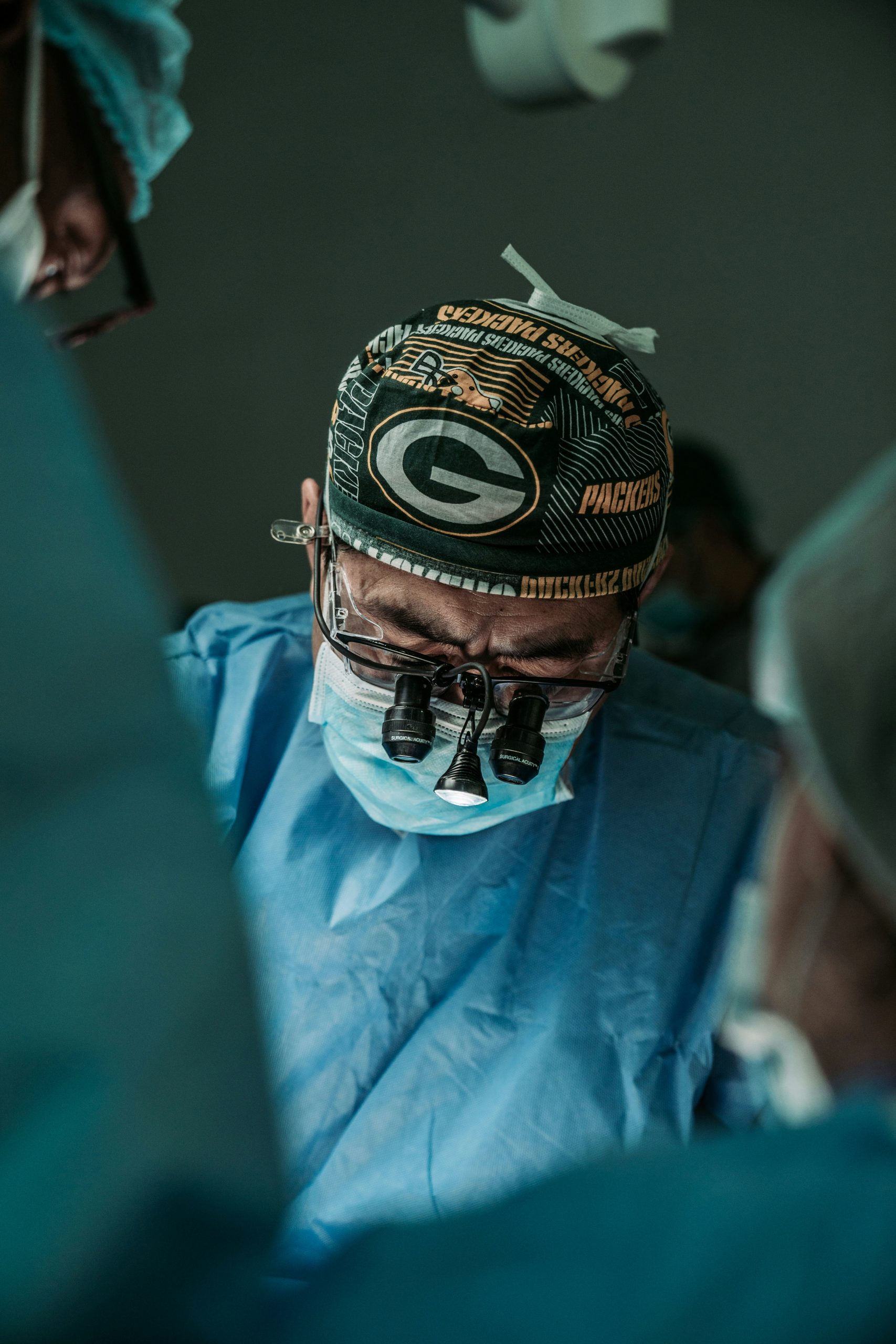
An aortic aneurysm, characterized by the abnormal bulging or ballooning of the aorta, the body’s main artery, poses a silent yet potentially fatal risk due to its propensity to burst without warning. As medical technology advances, aortic aneurysm surgery has evolved into a highly specialized procedure that offers hope and healing to patients facing this dangerous condition. This article explores the critical aspects of aortic aneurysm surgery. From diagnosis to treatment, innovative techniques enhance patient outcomes.
Aortic Aneurysm Surgery: Understanding the Risks and Procedures
The aorta, stretching from the heart through the chest and abdomen, is the leading supplier of blood to the body. Making any weakness in its walls particularly perilous. Aortic aneurysms are most commonly located in the abdomen (abdominal aortic aneurysm, or AAA) and the thorax (thoracic aortic aneurysm, or TAA).
Risk Factors and Diagnosis
Risk factors for aortic aneurysms include genetics, age, smoking, high blood pressure, and high cholesterol. Men are also at a higher risk than women. Often asymptomatic, aneurysms are frequently discovered incidentally during medical imaging for unrelated issues. When symptoms do occur, they may include back pain, a pulsating feeling in the abdomen, or, in more severe cases, a sharp, tearing sensation in the back or chest, indicating a potential rupture.
Diagnosis typically involves imaging tests such as ultrasound and computed tomography (CT). Magnetic resonance imaging (MRI) provides detailed images of the aorta and the aneurysm’s size and location.
Surgical Options
When an aneurysm grows large enough to risk rupturing (typically more than 5 cm in diameter for AAAs or slightly smaller for TAAs), surgery becomes a necessity. The two primary surgical options are:
In Open Aortic Repair (OAR), surgeons open the chest or abdomen to replace the diseased section of the aorta with a synthetic graft. This method has a longer recovery time due to the invasiveness of the operation. But it is sometimes the only option for complex cases.
Endovascular Aneurysm Repair (EVAR): A less invasive technique using catheters inserted through small incisions in the groin. A stent graft is guided into place within the aorta to reinforce the artery walls and prevent rupture. EVAR has gained popularity due to its reduced recovery time and lower immediate risk than open surgery.
Advances in Aortic Aneurysm Surgery
The field of aortic aneurysm surgery has seen significant advancements in recent years that have improved safety and outcomes for patients:
Customized Grafts and 3D Printing
With the aid of 3D printing technology, surgeons can now use customized grafts that are tailored to the patient’s specific anatomy. This customization improves the fit and effectiveness of the grafts used in EVAR, reducing the risk of complications such as endoleaks. Where blood continues to flow into the aneurysm after repair.
Robotic-Assisted Surgery
Robotic technology has been increasingly incorporated into aortic surgery, enhancing precision and control during open and endovascular procedures. These robotic systems provide surgeons with improved visualization and the ability to perform complex maneuvers with greater accuracy and stability.
Biomaterial Developments
The development of new biomaterials that are more compatible with the human body and more durable over time is also advancing aortic aneurysm treatment. These materials can help reduce the body’s immune response and increase the longevity of the surgical repair.
Challenges and Considerations in Aortic Aneurysm Surgery
While surgical techniques continue to advance, challenges remain, particularly in managing patients with other health issues, such as heart disease or diabetes, which can complicate recovery. Additionally, the long-term durability of endovascular repairs and the potential need for future interventions remain concerns.
Patients require careful monitoring through regular follow-up appointments and imaging tests to ensure the integrity of the repair and check for complications. Lifestyle changes and medication may also be necessary to control blood pressure and prevent further deterioration of vascular health.
The Future of Aortic Aneurysm Treatment
Ongoing research and clinical trials continue to refine surgical techniques and explore new materials and methods for treating aortic aneurysms. Genetic research is also promising, potentially leading to earlier detection and personalized treatment plans based on individual risk profiles.
Aortic aneurysm surgery is a vital, lifesaving procedure that has benefited from considerable technological advances. With each innovation, surgeons are better equipped to offer safer, more effective treatments to patients facing this daunting medical challenge. As the field continues to evolve, the focus remains on surviving and thriving after aortic aneurysm surgery, with an ever-increasing quality of life for patients worldwide.